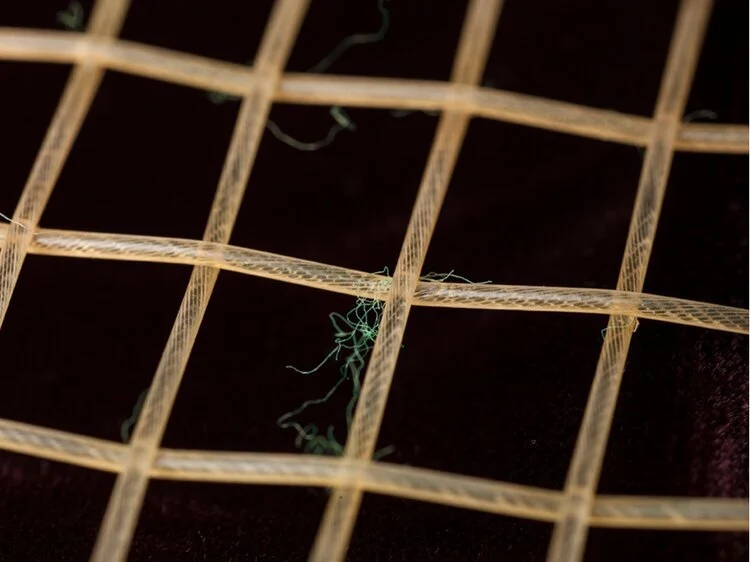About my father's record collection and my mother's tennis racket.
In Object Relations: Essays and Images. Edited and photographed by Stephen Inggs. Michaelis School of Fine Art, 2014.
When I was 18 and finishing school abroad, my father went (I think) a little crazy. He began giving away all our things. This is, perhaps, understandable behaviour when you are retrenched from a company you never liked anyway, and then move to the opposite side of the country. But still, the scale of the purge stunned me.
First, the record collection. My father was at Leeds University during the 1960s, and often let it slip that Clapton, Hendrix and The Who had played in the student union, that it was no big thing back then. He had all their albums, with that luxuriant amount of space the LP format affords for artwork. Roger Daltrey in a tub full of Heinz baked beans (The Who Sell Out) and Carole King just kicking back at home with her cat (Tapestry). The original of Sgt Pepper's Lonely Hearts Club Band itself, complete with cardboard insert epaulettes and moustaches that you could anchor in your nose via little tags. The naked, languorous women spread over the gatefold cover of Electric Ladyland – for a small boy on a mining town on the far West Rand in the dying days of apartheid, this was a formative document.
And when the needle came down, the low-end kick of these records on an analogue stereo: Eddie Cochran's Summertime Blues, Simon and Garfunkel's Cecilia. It sent me into paroxysms of excitement.
Read More
